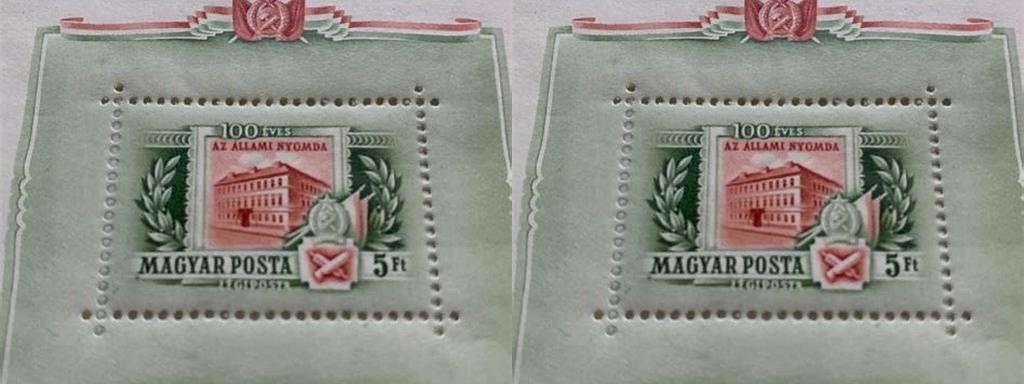
Állami Nyomda, or State Printing House, doesn’t sound like the most thrilling stop on a Budapest itinerary—but as soon as you step onto its grounds, that perception begins to change. Nestled quietly in the city, this remarkable institution stands at the intersection of history, art, and technology. The story of the printing house is entwined with Hungary’s own modernization, full of secrets, inventions, and the unmistakable texture of old paper and ink.
You find yourselves surrounded by robust walls that have seen the passage of time since 1868, when Állami Nyomda was founded to unify then-fragmented printing operations for the state. The original mission? To ensure secure, high-quality printing of important governmental documents—think passports, currency, share certificates, and postage stamps. Over the past century and a half, history has flowed through its presses: the birth of modern Hungary, world wars, revolutions, and peaceful days alike have all left their imprint here. Some of the Hungarian currency and passports you may have touched, even as a visitor, might have originated between these walls.
As you tour the building, you’ll see the legacy of Zsigmond Bánóczi, a pivotal early director who pushed for modernization in the late 19th century. Thanks to visionaries like him, the Nyomda didn’t remain stagnant. Instead, it adopted groundbreaking techniques: the transition from manual, hand-set typefaces to the thundering, rhythmic Linotype machines; the arrival of offset printing; then the digitization wave in the late 20th century. In showcases and quiet corners, you’ll spot antique typesetting tools and gleaming presses, tucked beside the very latest in digital security printing. Visitors are often surprised to discover sophisticated anti-forgery features developed right here—UV inks, holograms, and microprinting are all part of the house’s cutting-edge arsenal, used on everything from stamps to ID cards.
The building itself is worth lingering over. Its high ceilings and robust construction hint at a time when public works were built to last, as much civic monuments as utilitarian spaces. But within that are traces of smaller stories: the anecdote, for instance, that employees would hide forbidden books and leaflets between stacks of authorized government papers during the more oppressive chapters of Hungary’s 20th-century history. While these walls buzzed with the orderly work of state business, they also shielded a clandestine literary life, helping preserve texts that might otherwise have been lost.
Inside, the museum exhibitions are surprisingly hands-on. You can leaf through samples of currency, examine early badge designs, and try your hand at typesetting your own commemorative bookmark on replica printing equipment. The staff are enthusiastic, sharing stories about eccentric designers and the occasional mishap (like the time an entire run of 50,000 banknotes was printed upside-down during a late-night shift in the 1960s). There’s an ever-present sense of pride in the live demonstrations, where staff show visitors how passports or IDs are produced—minus any confidential details, of course!
The Állami Nyomda is more than a technical marvel; it’s a fascinating glimpse into Hungary’s creative, bureaucratic, and rebellious sides all at once. Whether you’re a history buff, an art-lover, or simply someone who gets a thrill from seeing ‘how things are made,’ a visit here offers something special. You’ll leave understanding the invisible but essential role printing has played in shaping modern life. And you might find yourself, next time you look at a Hungarian stamp or official document, thinking of the elegant old halls and gleaming presses where it all began.
If you’re willing to step away from the obvious sights and step into the hum of invention, State Printing House might just become one of your most memorable stops in Budapest. After all, in the age of everything-digital, few places will let you literally hold the weight of history in your hands.





